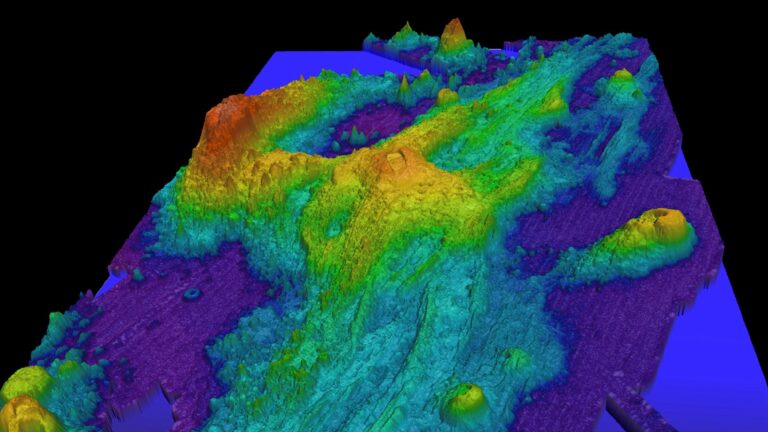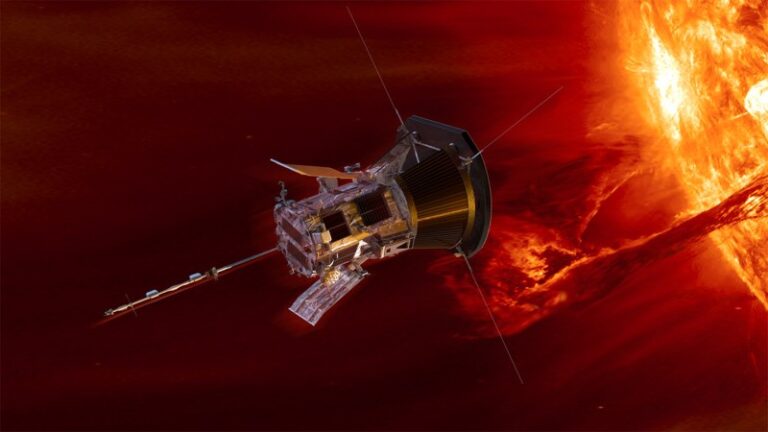Undersea volcano off Oregon coast could erupt this year, geologists predict

Axial, an undersea volcano off the coast of Oregon is probably going to erupt in 2025.
Science and Technolgy blog

Axial, an undersea volcano off the coast of Oregon is probably going to erupt in 2025.

Scientists found that healthy women can carry genetic changes in their breast cells that are thought to be characteristic of invasive breast cancer.

The solar probe came within 6.1 million kilometers of the surface of the sun and lived to tell the tale.

An expanding polar vortex is expected to lower temperatures across the eastern half of the U.S., with the potential for record-breaking cold in January.

Researchers believe they have found the site where Alexander the Great’s troops fought the Battle of the Granicus.

Episodes of “binge drinking” can have dangerous short-term effects, while repeated binge drinking can trigger longer-term problems.

Our pick of the best power banks and power stations to keep you energized away from home.

A growing body of research suggests crabs, lobsters and other animals caught for seafood can feel pain. Scientists are pushing for legal protections to ensure they are treated humanely.

Solve our latest interactive crossword. We’ll publish science-themed crosswords and math puzzles on alternating months.

A “missing link” black hole in Omega Centauri is still missing. What appeared to be an intermediate-mass black hole was a cluster of stellar-mass black holes.